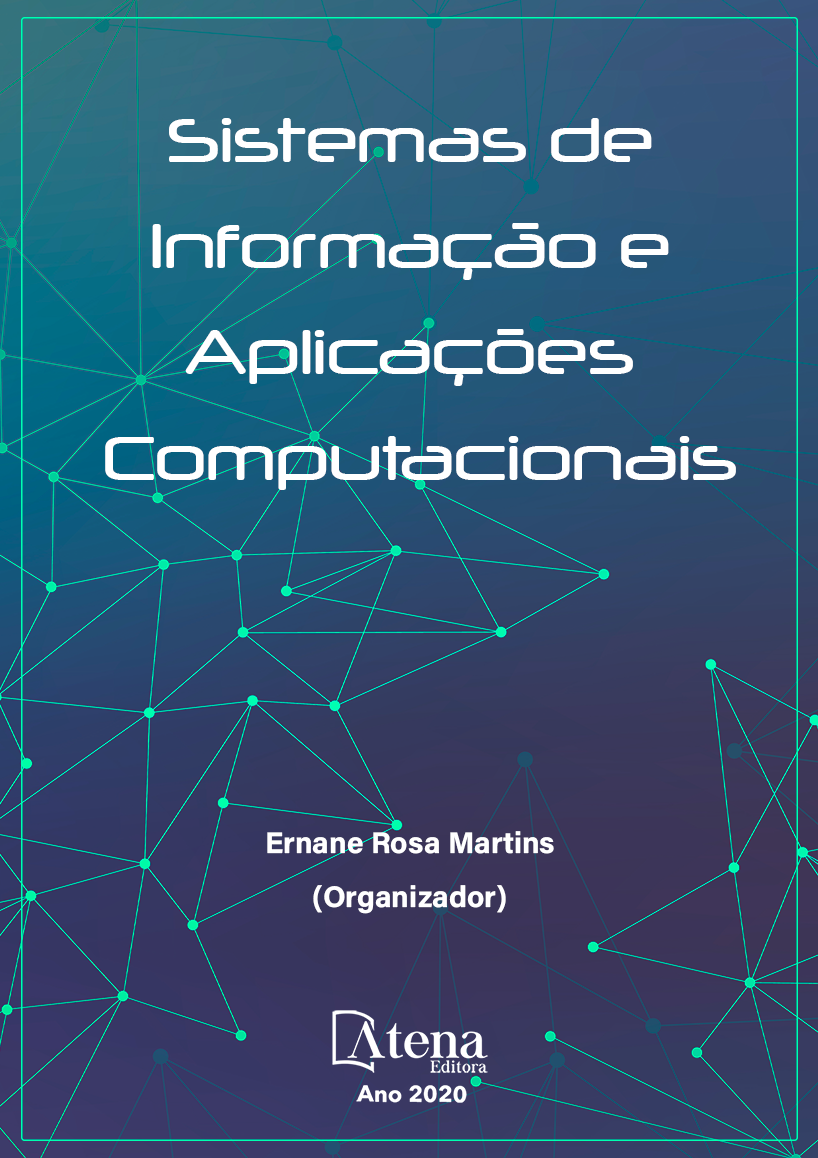
Modelagem para Estimativa e Projeção de Estoque de Carbono em Fragmentos de Floresta Ombrófila Densa de Terras Baixas por meio de Índices de Vegetação e Linguagem R
O cálculo espectral do CO2Flux traduz a integração do índice de reflectância fotoquímica (PRI e SPRI) que reproduz à eficiência do uso da luz na fotossíntese e por sua vez o NDVI que descreve espectralmente o vigor da vegetação fotossinteticamente ativa. Uma circunstância a ser ponderada é que a metodologia CO2Flux não é destrutiva, ou seja, não se faz necessário cortar arvores para estimar aspectos referentes ao estoque de carbono. Além da pesquisa da bibliográfica, para executar a metodologia de cálculo espectral do CO2Flux, foi adquirido imagens do Satélite Landsat 7 e Landsat 8, dos anos de 2000, 2005, 2010, 2015 e 2020, da Área de Proteção Ambiental de Guadalupe, no estado de Pernambuco no Brasil, e através destas foi calculado o Índice de Vegetação NDVI, PRI e SPRI e por fim o CO2Flux traduzindo assim o estoque de carbono no local. Como resultado dos cálculos pode-se vê através dos mapas e gráficos, gerados no software QuantumGIS e Linguagem Estatística R - respectivamente, a potencialidade de Estoque de carbono para a APA de Guadalupe nos anos de 2000, 2005, 2010, 2015 e 2020 que correspondem a uma área de 30231ha, 30876ha, 29515ha, 29997ha e 28811ha – respectivamente, bem como foi possível fazer uma projeção do cenário futuro em relação área capaz de estocar carbono no ano de 2030. Os resultados mostram uma tendência que gira em tordo de 28299,25ha, um cenário ótimo que ficar por volta de 29672,47ha e o pior cenário que teria área de 26926,05ha. Conclui-se à indispensabilidade de fazer uso da metodologia de cálculo espectral de Estoque de Carbono e também de tecnologias como a Linguagem R com a finalidade quantificar o sequestro de carbono a partir de índices de vegetação na Floresta Ombrófila Densa, não apenas na APA de Guadalupe-PE como em toda a vegetação preservada.
Modelagem para Estimativa e Projeção de Estoque de Carbono em Fragmentos de Floresta Ombrófila Densa de Terras Baixas por meio de Índices de Vegetação e Linguagem R
-
DOI: 10.22533/at.ed.17020180810
-
Palavras-chave: CO2Flux; estoque de carbono; Floresta Ombrófila Densa; modelo de previsão; índice de vegetação
-
Keywords: CO2Flux; carbon stock; Dense Ombrophilous Forest; forecast model; vegetation index
-
Abstract:
The spectral calculation of CO2Flux translates the integration of the photochemical reflectance index (PRI and SPRI) that reproduces the efficiency of the use of light in photosynthesis and in turn the NDVI that spectrally describes the vigor of photosynthetically active vegetation. One circumstance to be considered is that the CO2Flux methodology is not destructive, that is, it is not necessary to cut trees to estimate aspects related to carbon stock. In addition to the bibliographic research, to execute the spectral calculation methodology of CO2Flux, Images of landsat 7 and Landsat 8 satellite were acquired from the years 2000, 2005, 2010, 2015 and 2020, from the Guadalupe Environmental Protection Area, in the state of Pernambuco, Brazil, and through these was calculated the NDVI, PRI and SPRI Vegetation Index and finally CO2Flux, thus translating the carbon stock on site. As a result of the calculations one can see through the maps and graphs, generated in the software QuantumGIS and Statistical Language R - respectively, the potential of Carbon Stock for the Guadeloupe APA in the years 2000, 2005, 2010, 2015 and 2020 corresponding to an area of 30231ha, 30876ha, 29515ha, 29997ha and 28811ha – respectively, as well as a projection of the future scenario in relation to an area capable of stocking carbon in the year 2030. The results show a trend that turns in threshing of 28299.25ha, a great scenario that stay around 29672.47ha and the worst case scenario that would have area of 26926.05ha. It is concluded the indispensability of making use of the methodology of spectral calculation of Carbon Stock and also of technologies such as the R Language in order to quantify carbon sequestration from vegetation indices in the Dense Ombrophilous Forest not only in the APA Guadalupe-PE but also in all preserved vegetation.
-
Número de páginas: 15
- Hernande Pereira da Silva
- Jones Oliveira de Albuquerque
- Eric Bem dos Santos


